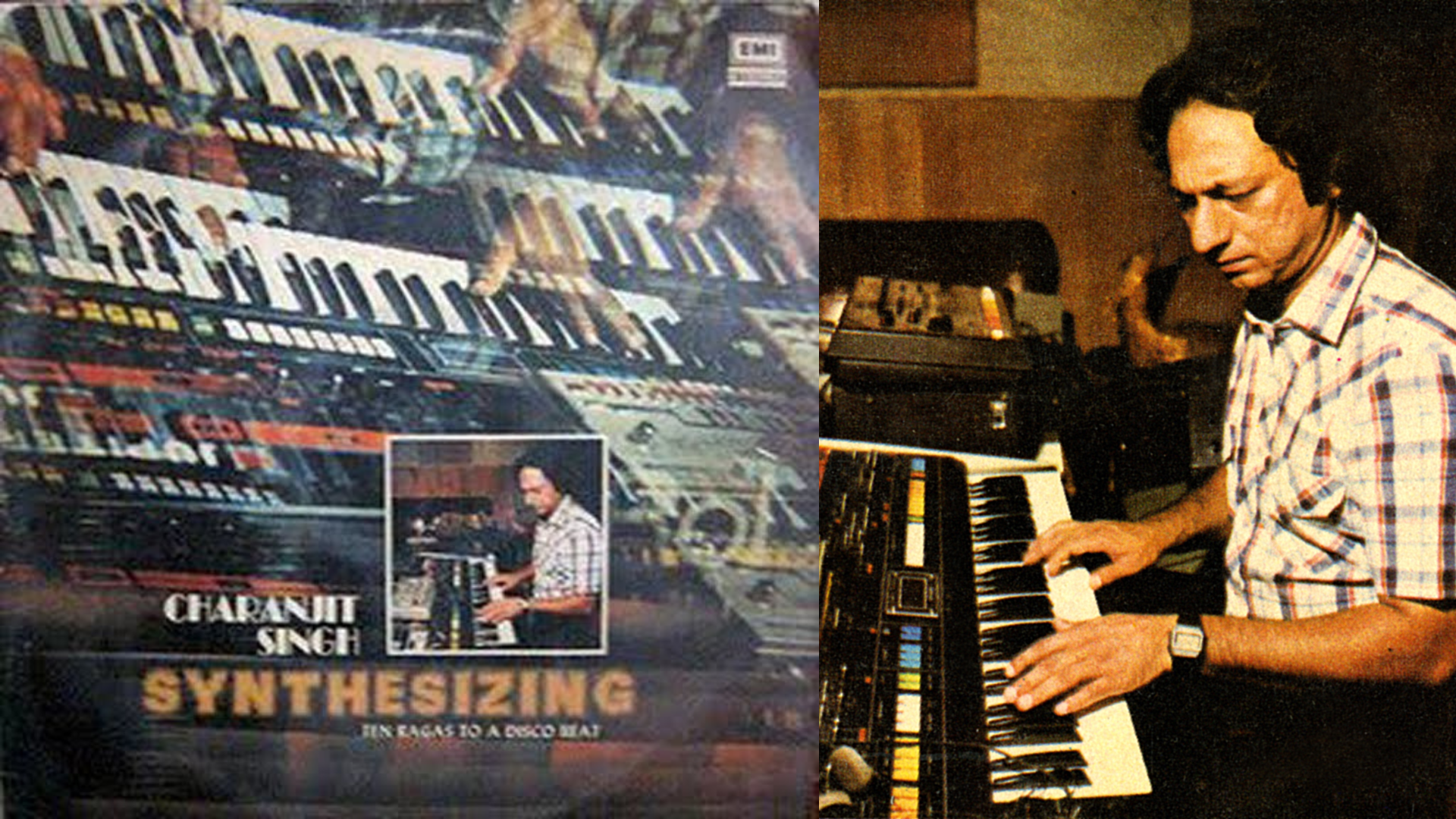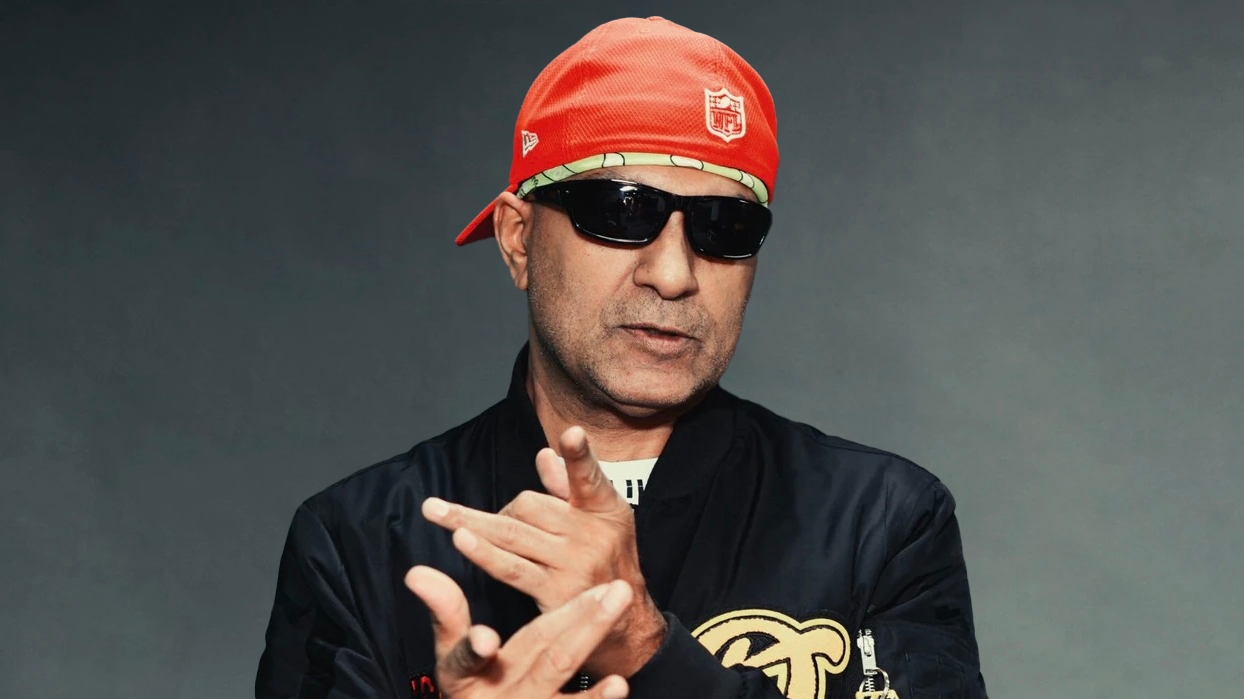The Origins Of Bumbro Bumbro

In the 1930s, a cultural movement took root in Kashmir, led primarily by artists with left-leaning ideologies; much like in other parts of the world.
Around 1953, a compelling wave of progressive writers emerged in the valley, crafting a space where literary dialogues could flourish, despite the prevailing turmoil.
Dinnanath Nadim, a Kashmiri poet, drew inspiration from a Chinese opera ballet called 'The White Haired Girl,' which he had witnessed during a visit to China. This ignited his ambition to create a Kashmiri-language opera.

The opera was rooted in the narrative of a peasant girl grappling with adversity in an exploitative society. This venture led to the birth of 'Bombur ta Yemberzal' (Bumblebee and Narcissus), the first-ever Kashmiri-language opera.'

At its core was the song 'Bumbro Bumbro,' created from a traditional Chakri melody infused with an upbeat tempo that resonated with villagers returning from a strenuous day's work.
Nadim and Mohan Lal Aima diligently worked on perfecting the tune; a reflection of their tireless efforts akin to a bee's industriousness.

Upon its staging, the opera captured hearts, with 'Bumbro Bumbro' becoming a sensation played across neighbourhoods, college events, and more.
Its popularity reached even the Soviet Premier Nikita Khrushchev and his defence minister Marshal Bulganin during their 1955 state visit to Kashmir.

Since then, 'Bumbro Bumbro' has become one of the most iconic songs in the history of Indian music; Bumbro Bumbro has undergone a number of
interpretations on various folk shows, TV programs, and cultural events.
Among these, a particularly remarkable rendition emerges from the Bollywood film "Mission Kashmir" (2000); sung by Jaspinder Narula, Shankar Mahadevan, and Sunidhi Chauhan, this rendition has become one of the most popular songs of 2000s Bollywood music.






Comments